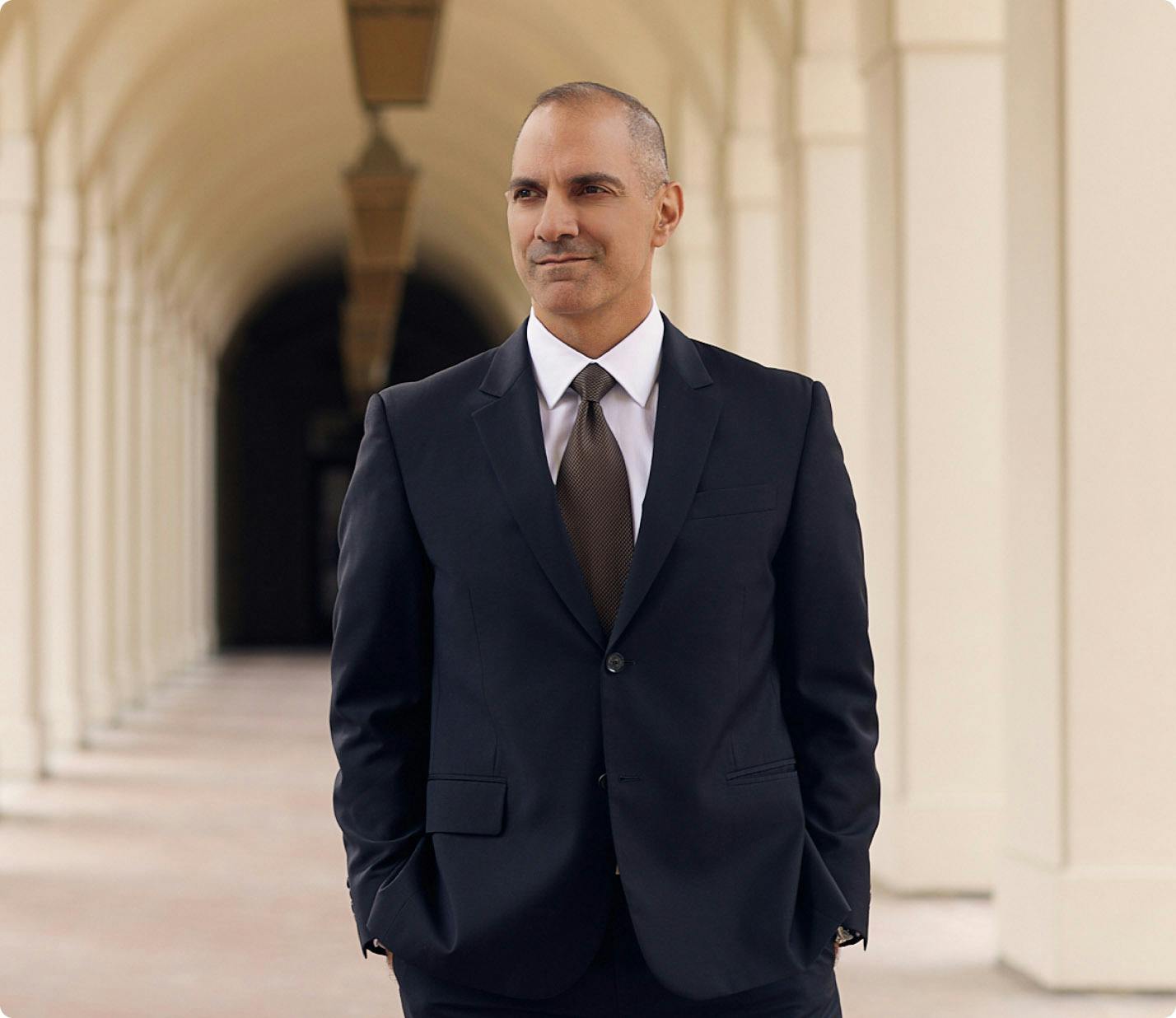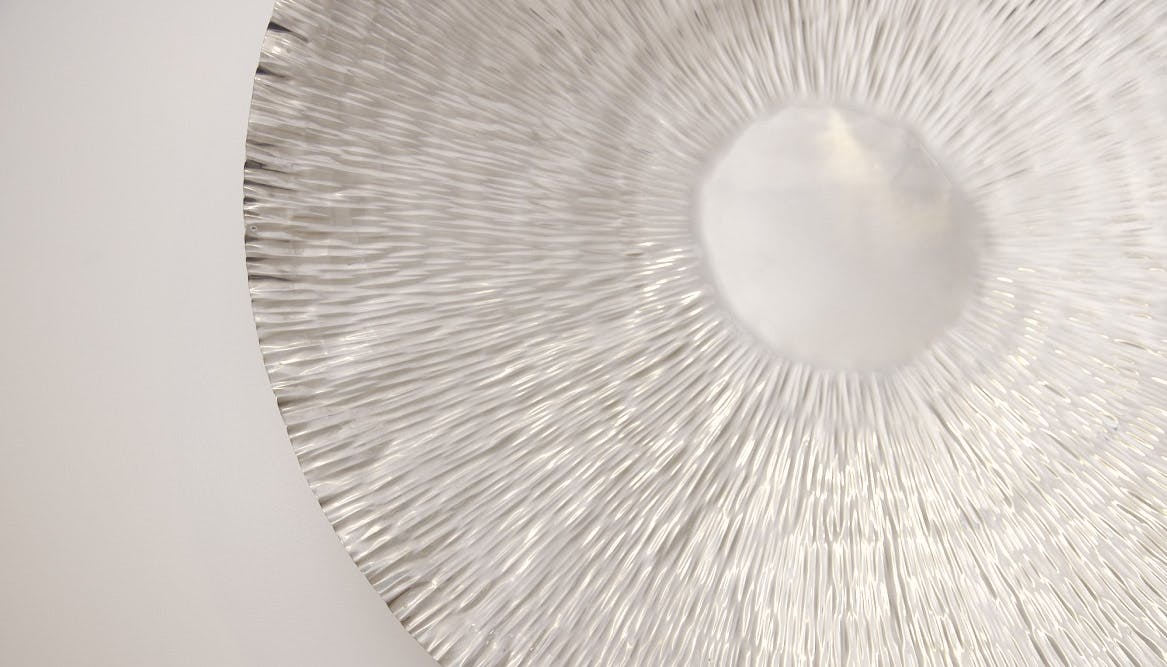Our specialized facelift procedure for facial paralysis is designed to restore both functionality and aesthetics for individuals experiencing facial nerve issues.
How Is The Recovery From a Facelift?
Following a facelift procedure, the head will be wrapped loosely with bulky bandages to minimize bruising and swelling. Patients are given prescriptions for antibiotics and pain medication routinely. A small thin tube may sometimes be used along the incision behind the ear to drain excess fluid that might accumulate under the skin. This tube is typically removed the following day after surgery and the dressings changed. Recovery may sometimes take longer when combined with additional procedures such as those mentioned above. There is an option for overnight monitoring in a post-surgical facility for those undergoing more extensive procedures simultaneously. Swelling typically improves over 1 to 2 weeks. Bruising is not always present, but it will also improve during the same time period. Activity is restricted during the first 4 to 6 weeks to light walking and stationary activities. Heavy lifting, contact sports, aerobic exercises, and sex are to be avoided during this time. Most patients elect to take 7-14 days off from work. During this time, make up can be used to mask any bruising.










